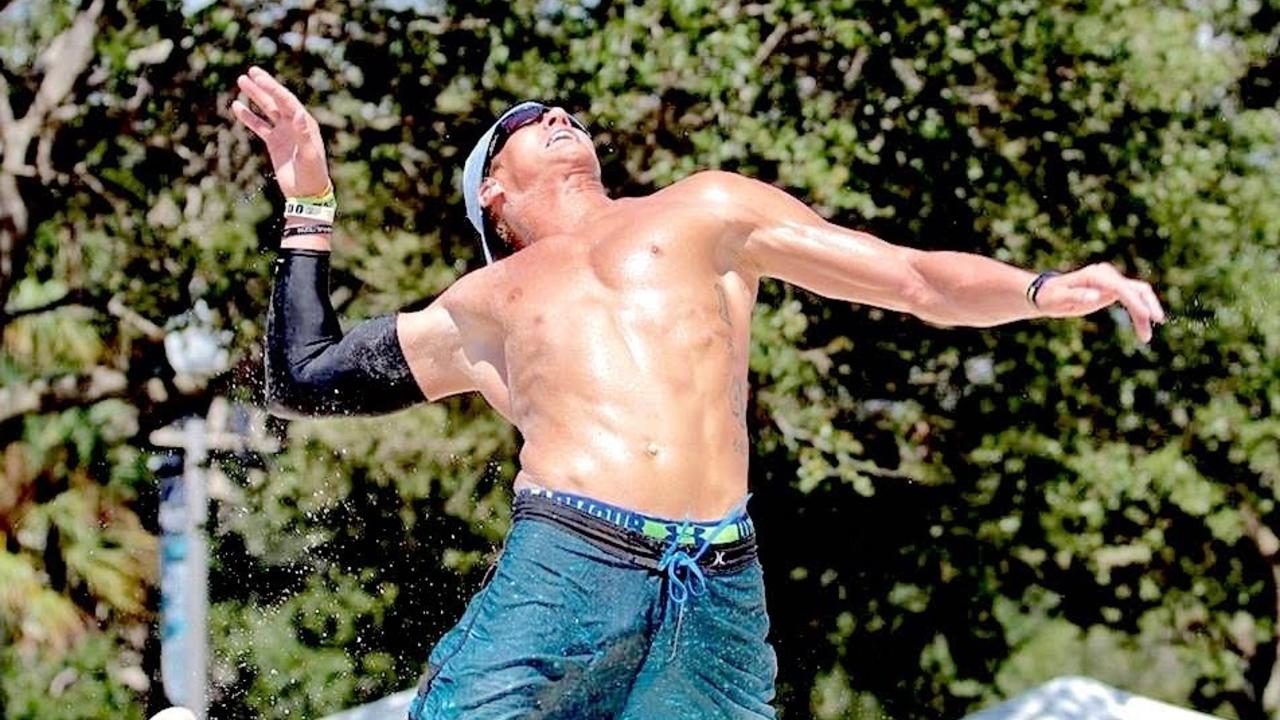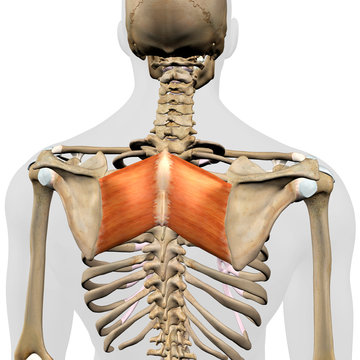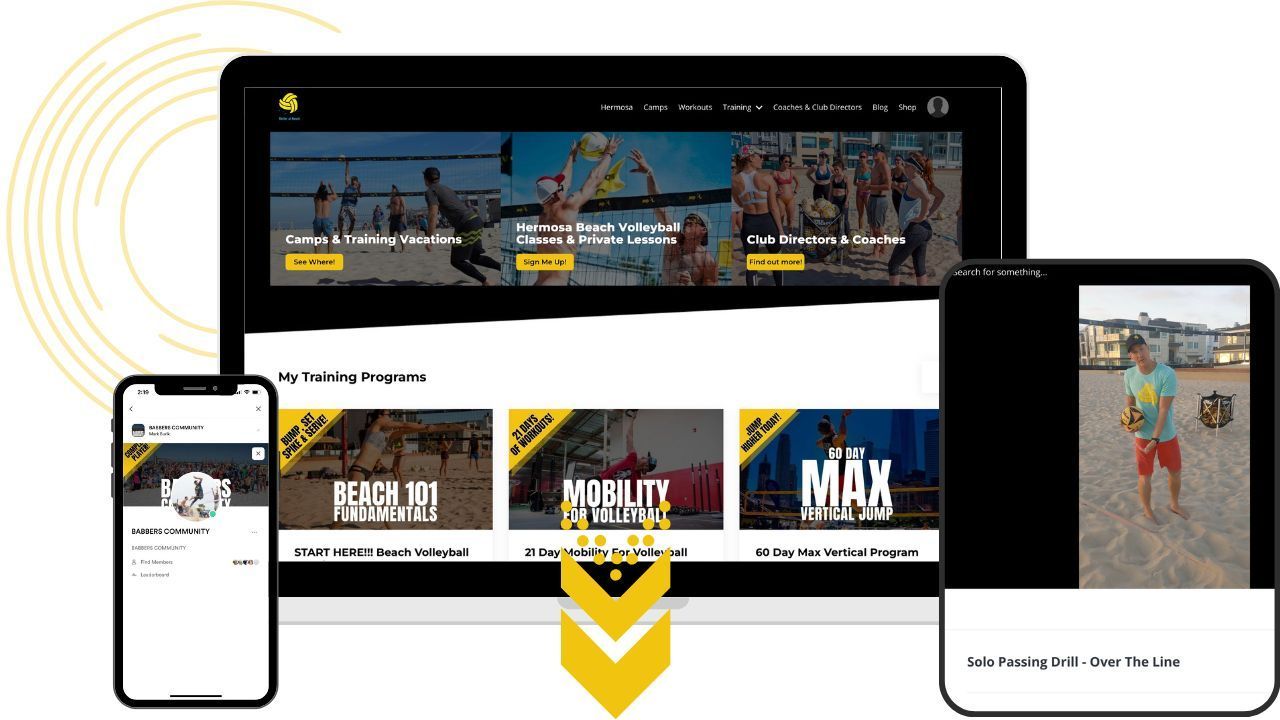
Fix Your Arm Swing: Volleyball Spiking Drills You Can Do Alone at Home
Spiking a Volleyball: Drills for Parents and Partners: Pass, Set, Spike, Catch
Here's a great beginner drill for volleyball that works on ball control and spiking. I get to meet lots of volleyball parents who just want to help their kids get better but they don't know how. This basic hitting drill for volleyball is an easy way for parents, coaches and friends to help the volleyball players in their lives get some extra reps.
If you want to practice attacking on your own and do some drills at home, you can also think about drawing a big box on a wall somewhere. If you can throw a very high ball to yourself, bump it, set it and then spike it into the box, you get a point!
Basically what we're going to do is have one person, the player, use three touches. They have to pass to themselves, set to themselves, and then hit at a target or a catcher.
Parent: If you're a non-volleyball player:
If you can catch it, that qualifies as a good hit from the player. Just throw it back and they can repeat that process. Start off by trying to get 10 in a row.
If you guys are both experienced volleyball players:
Then one person is only digging every time and the other person is passing, setting and hitting. Once you get to a really advanced level, the hitter is going to jump. In the beach volleyball drill video below, we show you all three versions.
Set some goals and try to get 10 "pass, set, spike, catch" sequences in a row without letting the ball touch the ground.
Spiking a Volleyball Partner Drill: Pass, Set, Spike, Defense
This is the next stage of our pass, set, spike and defense drill. Now, we have one player who has one touch. Their job is to just touch the ball once in a defensive manner.
- Pass to myself
- Set to myself
- Spike to my partner.
They dig the volleyball high and I immediately recover. As a team, you have to get 10 in a row.
Advanced Spiking a Volleyball Partner Drill/Workout:
If you have two decent volleyball players and you want to turn this volleyball drill into a volleyball workout, dig to yourself, set to yourself, jump and hit the volleyball. Your partner's job is to dig the volleyball high enough so that you have time to react and get to the ball.
Learn How To Hit With REAL POWER and Do It Pain Free With Better Arm Swing Mechanics!
Spiking a Volleyball Solo Drill: Tennis Ball Throws
I want to help you fix your volleyball arm swing from home, and we’re going to do it using a tennis ball. You might know from my post on important stretches for volleyball players that there are a couple ways to open yourself up and get a bigger hitting window for attacking a volleyball. Once you have the mobility to allow you to spike a volleyball harder, you can start working on sequencing that attack window.
One of the most important ways to spike harder in volleyball is by rotating through just the torso. If you can keep your hips and feet facing forward, and then rotate your torso back while your hips stay facing forward, you are well on your way to spiking harder.
You can assist this move by taking your right hand and pushing your right glute forward while opening your chest and shoulder backward. That’s one way to open up using your thoracic spine (middle/top part of your back) and this is really important because you stretch across your oblique muscles and that helps you generate torque and power for spiking in volleyball.
The other way to open up that hitting window is by using your rhomboids. Isaac Kneubuhl, a volleyball bio-mechanics genius, really helped me with my arm swing by getting me to open my hitting window by activating my rhomboid muscle. (These are located between your shoulder blades.)
The first thing that we’re going to do is practice our load sequence.
I want you to imagine throwing against a wall. The wall is your 12 o'clock.
Now turn your feet to where the hour hand would be at 10:30. Both of your feet should be facing towards 10:30. (That’s between the 10 and 11)
Next, rotate your back first, then activate your rhomboids, or give yourself the feeling of pinching your shoulder blades down and back. This gives your hitting arm a bigger range of motion.
In order:
- Open thoracic by separating your torso from your hips.
- Load your arm by squeezing your shoulder blades down, back and together.
Before we go on to throwing, we have to know there’s a sequence for the arm swing:
- Keep your hand high and away.
- From there, with the front part of your elbow facing backwards, your next move is to bring my elbow up, so that the front part of your elbow faces directly up and your hand is back.
This move takes a lot of external rotation flexibility. To see if you can get your elbow up high enough, face a mirror and see if you can see your hand on both sides of your bicep.
Point your elbow straight up with your hand behind your head. Next, rotate your hitting hand side to side with your elbow still pointing upwards. That takes a lot of external rotation.
If you can’t get there, fear not, you just need to work on your range of motion.
Learn How To Hit With REAL POWER and Do It Pain Free With Better Arm Swing Mechanics!
Once your back, and the front part of your elbow points up with your hand still behind you, that is when you can start firing the ball to the wall. Now, you need a tennis ball and you need a wall, but there’s five stops here.
This video should start at 7:08. That's where I really talk about the mechanics of spiking a volleyball. The rest of the video has good information but it's not on this topic.
I’m at 10:30, I’m opening my chest, my hips stay locked, my toes stay on the ground, and I open my torso. From there, I open my arm using my rhomboids, using my shoulder blade muscles. From there, the front part of my elbow is pointing backwards, away from the volleyball net. I release from that high elbow point.
In the beginning, I want you to take 10 of them and hit every stop. 10:30, thoracic, shoulder blade, elbow high, then release.
Get that sequence down and let’s get 100 throws today with a tennis ball.
Use the sequence that starts in the fully loaded, stretched and activated position. Each part of your body should fire individually and as you get better, you can start to connect the movements to be more fluid and soon move on to jumping and spiking a volleyball with more power and speed.
Hit all the stops along the way:
1: Hips.
2: Torso with shoulder, elbow and hand still back.
3: Elbow high with hand still back.
4: Elbow and hand are at full extension and your bicep is just barely in front of your ear for spike contact, or tennis ball release.
5: Let your arm relax and follow through but remember not to crunch or shrink your body. We talk about how important it is to stay high in some of our other blogs.
Easy enough?
Once you've gotten that arm swing down, it's time to start working on your vision and your accuracy so you can win some more club volleyball tournaments or CBVA beach volleyball tournaments. Check out this easy volleyball hitting drill below.








